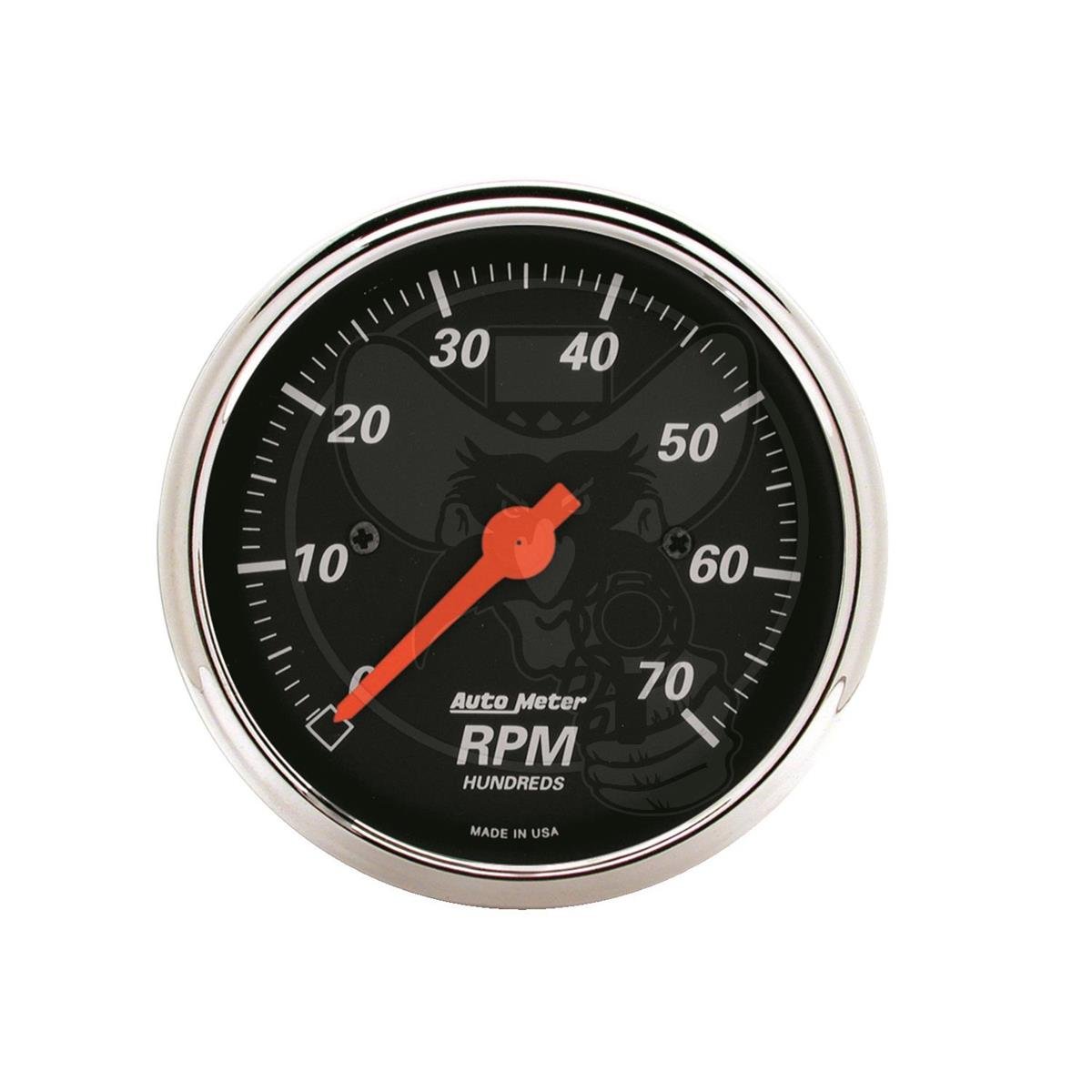The Advantages of Setting Up a Tachometer in Your Lorry
The Advantages of Setting Up a Tachometer in Your Lorry
Blog Article
The Relevance of a Tachometer in Monitoring Engine Rate and Performance in Automotive Applications
In the realm of automobile engineering, the tachometer stands as an essential tool in the vehicle driver's arsenal, offering a straight home window into the inner operations of a lorry's engine. Past its feature as a simple gauge of transformations per minute (RPM), the tachometer offers as a vital tool for fanatics and experts alike, supplying real-time insights into engine performance and wellness.
Relevance of Keeping An Eye On Engine RPM
Keeping an eye on engine RPM, or changes per minute, is a crucial aspect of vehicle upkeep and performance evaluation. Engine RPM straight associates with the speed at which the engine's crankshaft rotates, suggesting exactly how rapidly the engine is running - tachometer. By checking RPM, auto mechanics can evaluate the health of the engine, discover prospective issues, and fine-tune efficiency. An uncommon RPM reading may signal problems such as engine misfires, faulty ignition system, or issues with the gas delivery system. Continually high RPM analyses might suggest hostile driving behaviors or the need for a greater gear change to enhance fuel effectiveness.
In addition, keeping track of engine RPM is crucial for performance analysis in racing and high-performance cars. In recap, checking engine RPM is not only crucial for identifying issues but additionally for optimizing engine efficiency in different automotive applications.

Advantages of Real-Time Information
In automotive applications, real-time data plays a vital duty in giving instant understandings right into the efficiency and problem of the vehicle. By continuously keeping track of various parameters such as engine speed, temperature, fuel consumption, and more, real-time data offers numerous advantages that add to boosted performance and safety and security on the roadway.
In addition, real-time data facilitates efficiency optimization by offering prompt comments on driving behaviors and engine effectiveness. Drivers can readjust their behavior in real-time based on this details to accomplish far better fuel economy and extend the lifespan of their automobile.

Moreover, real-time information plays an important role in contemporary automotive diagnostics, allowing technicians to swiftly diagnose and attend to breakdowns. This leads to decreased downtime, reduced maintenance expenses, and inevitably, improved general lorry reliability and durability (tachometer). By using the power of real-time data, vehicle stakeholders can make informed decisions that favorably Home Page influence both the performance and durability of the lorry
Effect On Gear Shifts
The tachometer plays a vital function in enhancing gear shifts by offering real-time engine speed information to the driver. When coming close to the redline on the tachometer, it signifies the vehicle driver to upshift to protect against over-revving the engine and creating possible damages.
Additionally, the tachometer help in accomplishing smoother gear transitions, particularly in hand-operated transmissions. By monitoring engine rate, motorists can carry out gear shifts at the optimum RPM array, lowering snagging movements and lessening endure the transmission elements. This precision on duty changes not just boosts driving comfort but also adds to sustain efficiency.
Enhancing Fuel Performance
Provided the vital function the tachometer plays in optimizing equipment changes for efficiency and engine wellness, it directly adds to optimizing fuel efficiency in automotive applications. By providing real-time responses on engine rate, the tachometer assists drivers in keeping one of the most try this out effective RPM range for gas economic climate. When chauffeurs consistently monitor the tachometer and readjust their driving habits as necessary, they can prevent unnecessary gas usage triggered by over-revving or carrying the engine.
In addition, the tachometer helps chauffeurs identify the most fuel-efficient gear to be in at any given moment, preventing the engine from functioning tougher than needed. In conclusion, the tachometer serves as a valuable tool in enhancing fuel efficiency by promoting optimal driving routines and recognizing areas for enhancement in the automobile's performance.

Taking Full Advantage Of Engine Durability
The tachometer's function in keeping an eye on engine speed and efficiency is critical in ensuring the durability of automobile engines. By using the tachometer successfully, drivers can maximize engine long life with conscious RPM management. Consistently revving an engine as well high can lead to excessive deterioration on important components, such as the pistons, valves, and bearings. Over time, this can result in lowered engine efficiency and possible breakdowns. Keeping an eye on the tachometer enables motorists to remain within the recommended RPM array for their lorry, stopping unnecessary strain on the engine and extending its life expectancy.

Verdict
In final thought, the tachometer plays a crucial duty in keeping track of engine rate and performance in auto applications. By supplying real-time information on RPM, it permits efficient web link gear changes, enhanced gas efficiency, and maximized engine durability. This device is vital for keeping ideal engine efficiency and ensuring the general capability of a car.
Report this page